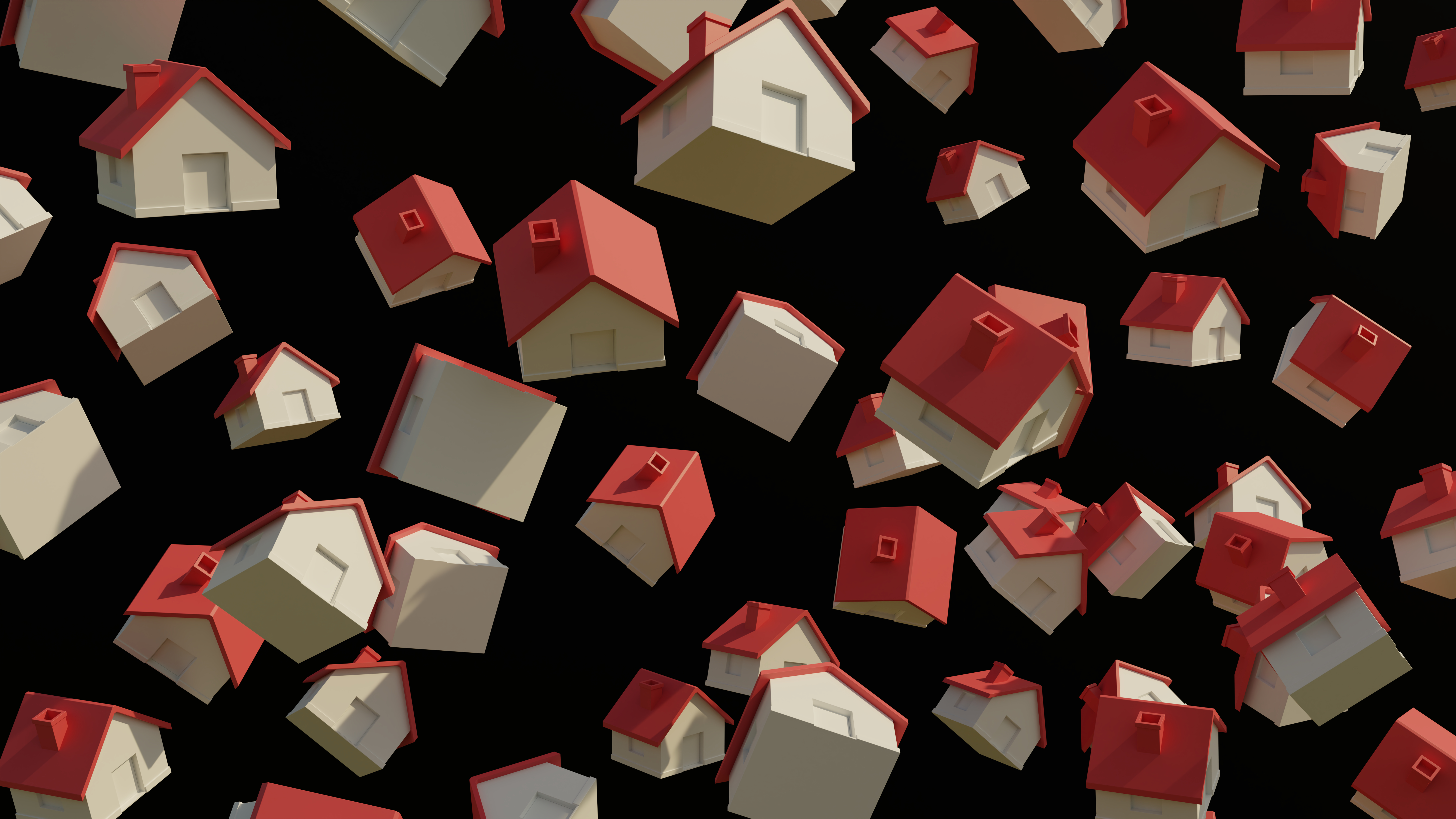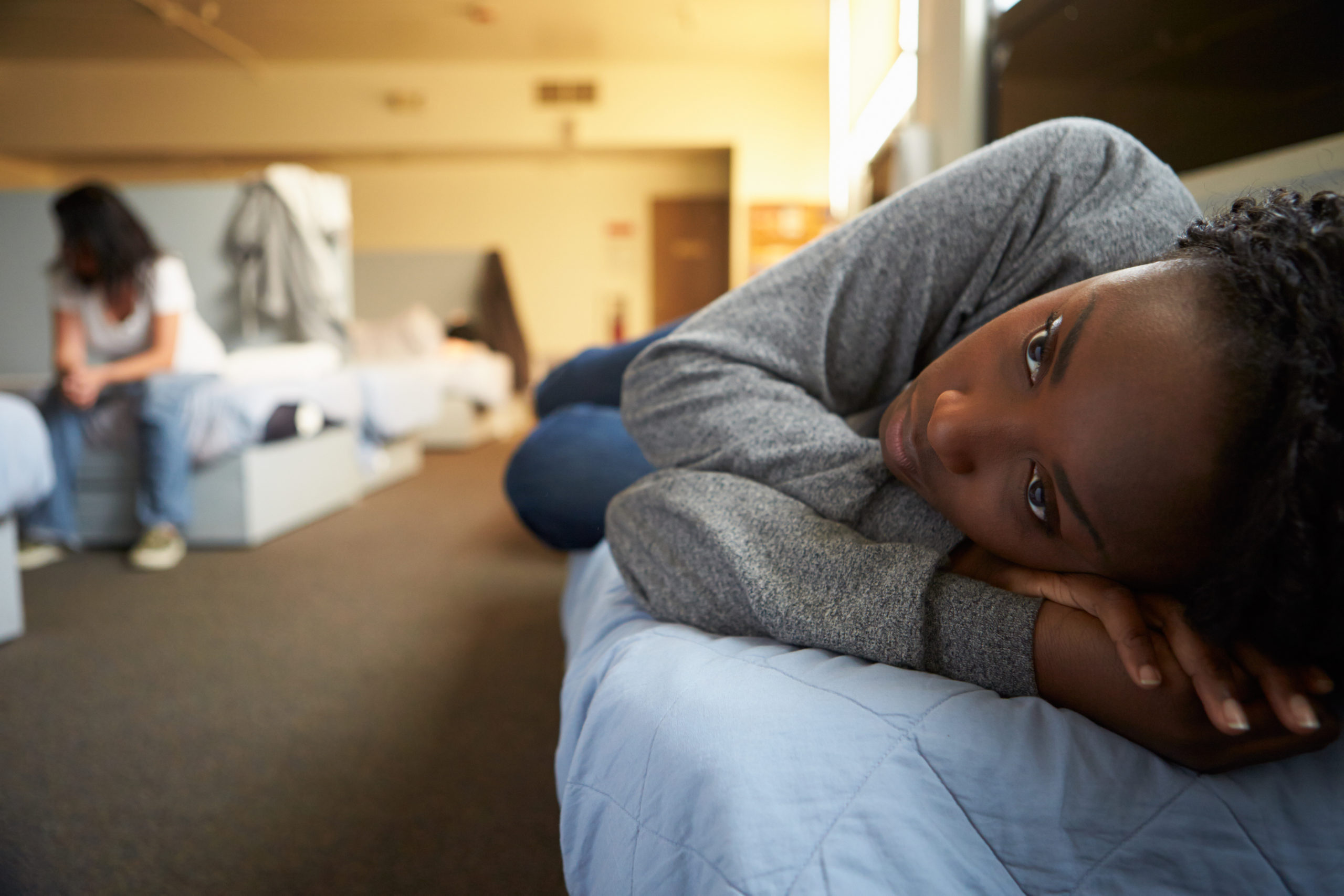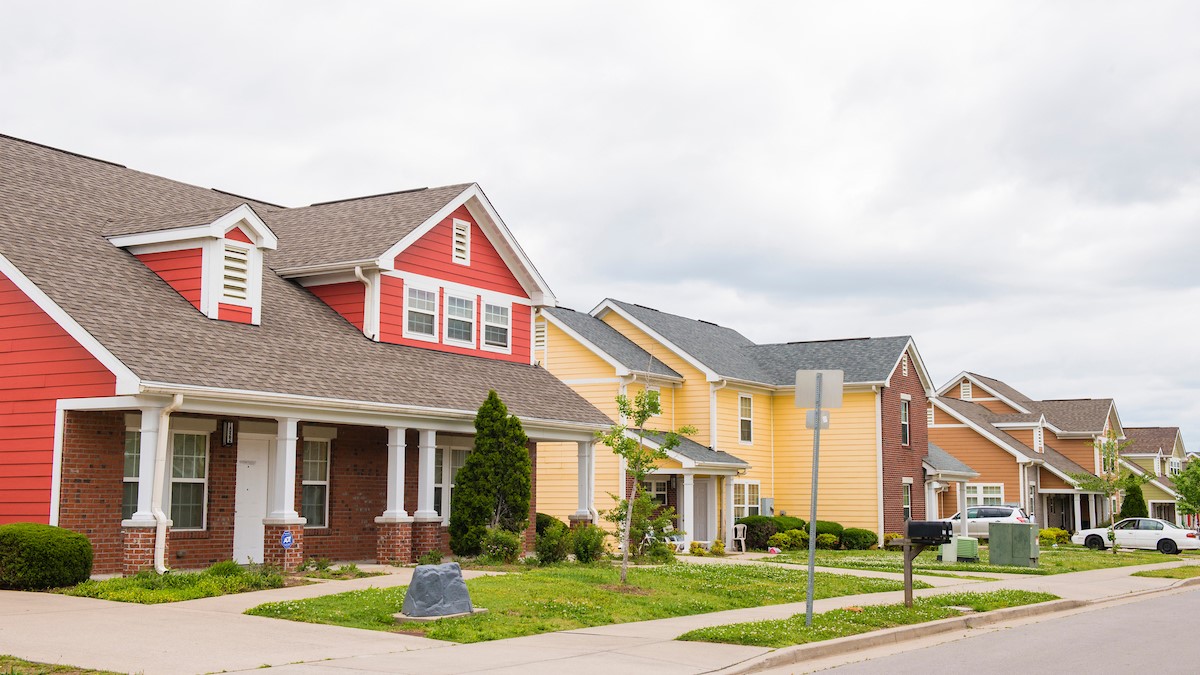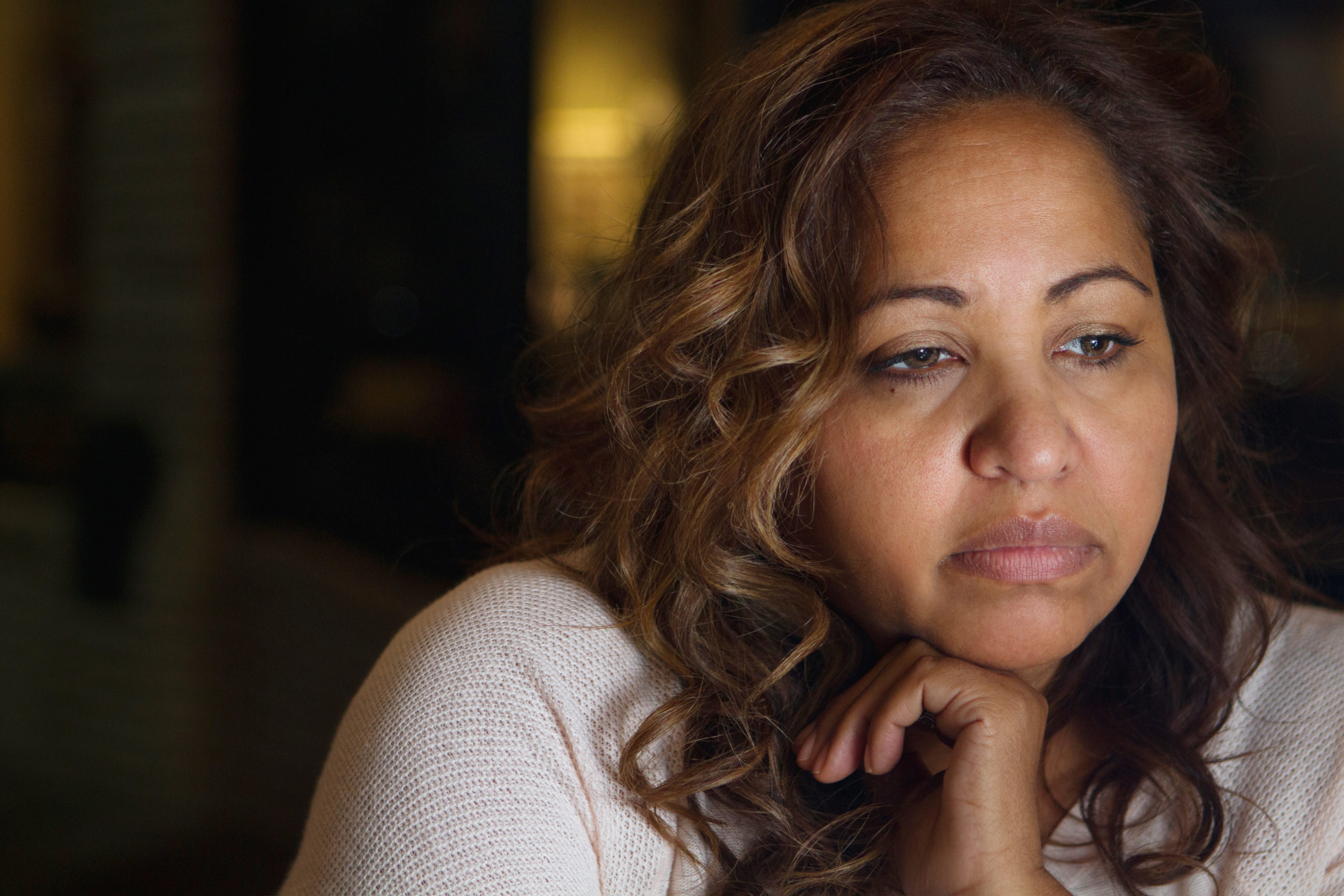Abortion rights, women of color, and LGBTQIA+ people are under attack. Pledge to join us in fighting for gender justice.
Why Housing Is a Gender Justice Issue

April is Fair Housing Month, and as we end the month, it’s important to remember why housing is a gender justice issue. And that when we discuss housing as a gender justice issue, this also includes intersections with race and disability.
Here are just a few reasons why housing justice is gender justice:
- Math is not my strong point, but this equation is pretty simple: wage gaps + high housing costs = a disaster for women and LGBTQI+ people, particularly women and LGBTQI+ people of color. Gender and racial wage gaps have sadly existed for decades. Trying to remedy these inequities is an ongoing fight that is far from being won.
- No one should have to choose between getting an abortion and paying their rent. If a pregnant person lives in a state where abortion is illegal, they must pay high costs to travel across state lines—sometimes across several states—to get to a state where a doctor is legally able to help them. In a post-Dobbs world, people now face the risk of criminal penalties for receiving abortion services (and those long legal battles can burn through so much money).
- Forced pregnancies lead to the next point: Children are EXPENSIVE! If someone cannot afford child care, they may have to forgo their job in order to ensure their children are being cared for, meaning less money for housing. Additionally, families experiencing homelessness may not be able to enroll their child in certain child care programs, which sometimes require birth certificates or proof of residency.
- Menstruation products are pricey. Due to being unable to afford tampons and pads, menstruating people who are experiencing homelessness or are spending most of their income on housing costs are placed in a difficult position—to save money, individuals may leave tampons in for too long which could lead to life-threatening toxic shock syndrome. To prevent dangerous infections, the choice may be made to ditch the tampons or pads and risk their clothes being blood-stained, which can lead to embarrassment or shame.
- In 2021, 26.5% of women with disabilities lived in poverty, compared to 10.4% of nondisabled women and 8.1% of nondisabled men. This is often due to poor-paying jobs and the lack of money received from Social Security Income (SSI). It is nearly impossible to find a place in the United States where someone can afford to live on their SSI checks. Even if someone can afford housing, they may not be able to find a place that’s actually accessible for them.
- Survivors trying to flee domestic violence and/or sexual assault may not have the money to afford other housing options as their abusers often control their funds. In fact, domestic violence is a leading cause of homelessness among women—with one in four reporting that it is a major factor.
- Homeownership is still out of reach for many. While the Equal Credit Opportunity Act (ECOA) and the Fair Housing Act may have eliminated explicit discrimination like requiring married women to have a husband cosign a loan or asking invasive questions about birth control practices, these laws sadly have not eliminated discrimination in mortgage lending—it’s just become more covert. For example, predatory lenders have targeted women of color for subprime mortgages, contributing to the Great Recession. And many women of color never fully recovered before the COVID-19 pandemic and economic impacts hit.
Women and LGBTQI+ individuals deserve better. As we wade through today’s onslaught of sexist attacks, we must remember that each one is affecting a fundamental human right—the ability to have safe, accessible, and affordable housing.
Spread the word—housing justice is gender justice.




